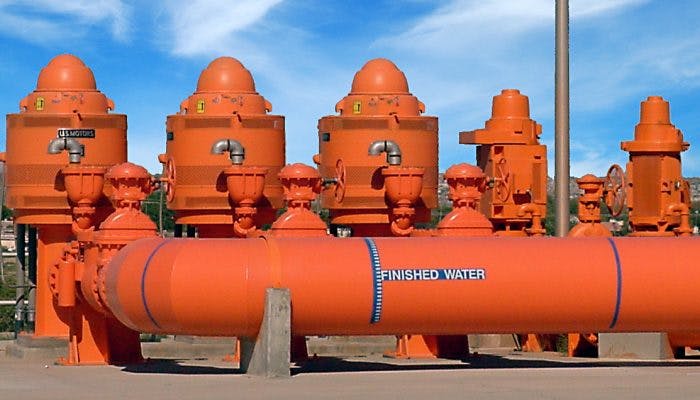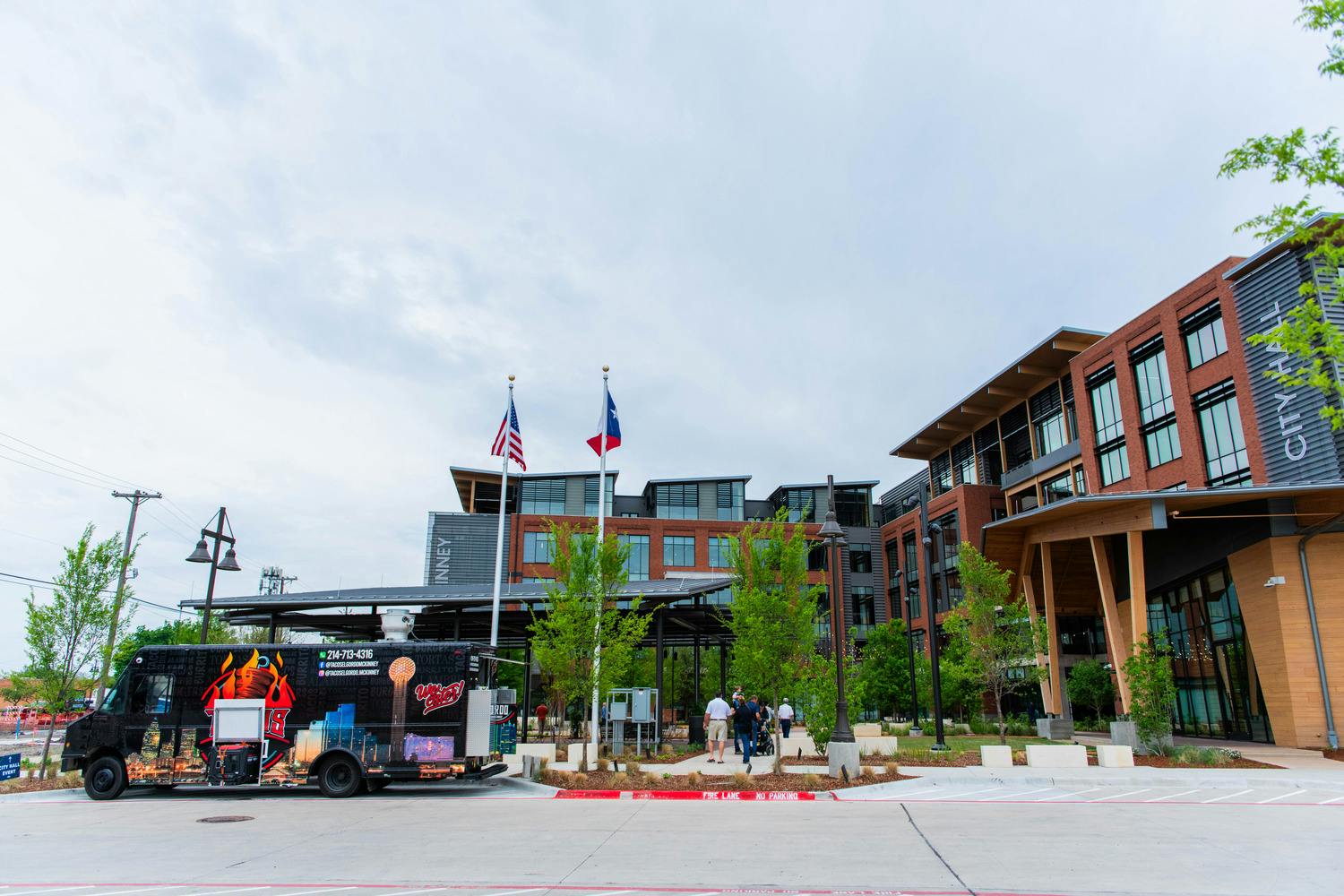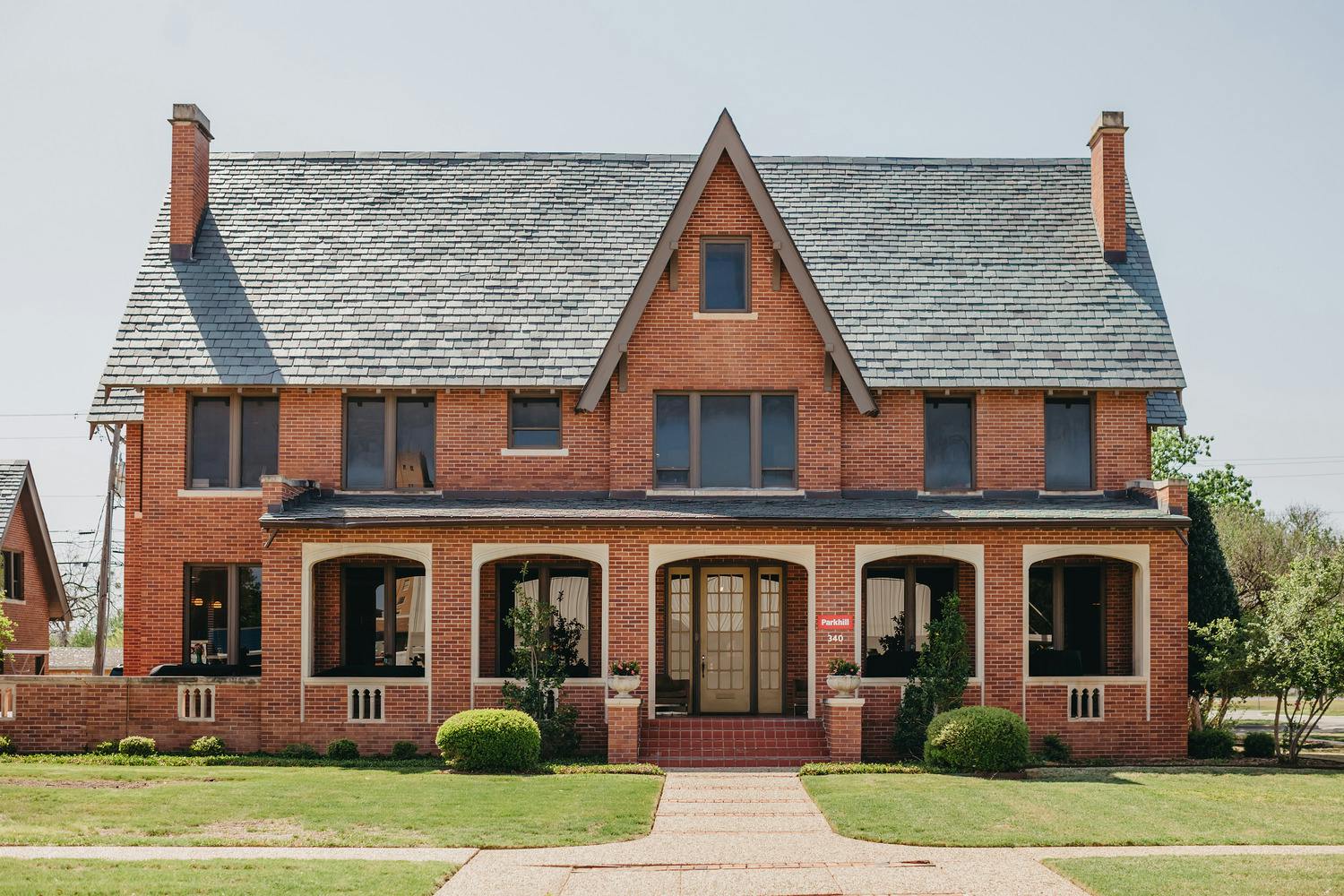Avoid the Squeeze on Your Wallet and Pipeline: ARV Strategies
Category: Water Treatment
Written By: Keith Rutherford, PE, and Kim LaBree, PE
Date: January 27, 2016

 Keith Rutherford, PE, is a Principal and a Senior Project Manager for Parkhill’s Treatment Practice. As an expert in hydraulics, pipelines, and pumping systems, he has planned and designed small irrigation pump stations and large potable water pumping stations. He has also developed distribution system expansions and identified the need for new pressure zones in many existing water systems.
Keith Rutherford, PE, is a Principal and a Senior Project Manager for Parkhill’s Treatment Practice. As an expert in hydraulics, pipelines, and pumping systems, he has planned and designed small irrigation pump stations and large potable water pumping stations. He has also developed distribution system expansions and identified the need for new pressure zones in many existing water systems.
 Kimberly LaBree, PE, is a Civil Engineer and works with Parkhill’s Water Resources Practice. She was the manager of the Canutillo Water and Wastewater Design and helped write a technical paper on her work with the Borger Northwest Field Project, which she and another engineer presented to the Texas Water Conference in 2016.
Kimberly LaBree, PE, is a Civil Engineer and works with Parkhill’s Water Resources Practice. She was the manager of the Canutillo Water and Wastewater Design and helped write a technical paper on her work with the Borger Northwest Field Project, which she and another engineer presented to the Texas Water Conference in 2016.
Much like medical stents are to a heart patient, air valves to a pipeline can mean the difference between an emergency and peace of mind. The results from a design strategy that saved a city in the Texas Panhandle almost a third of the total cost in air valves on a pipeline from a nearby well field is making Engineers and Owners take notice.
As parched Southwest communities struggle to add to their water sources, pipeline designers look to make their projects as efficient as possible. An interesting case study in Borger, Texas, focused on an innovative approach that used hydraulic modeling to protect pipelines and cut the number of air valves needed by 59 percent. This saved almost a third of the air valve cost.
Borger’s pipeline crosses the Canadian River and traverses terrain that is 383 feet from the highest point to the lowest point. The pipeline transports 10 million gallons of water a day from the pump station to the city, which feeds major industrial customers and domestic users.
This design strategy isn’t specific to this situation; it can save your clients money, too. If there is too much vacuum and no way to admit air, a pipe could crush like a Coke can be twisted. Hydraulic modeling allows you to run a surge analysis on the pipeline to find weaknesses so that you can place air release valves strategically to keep the pipeline healthy.
Three types of air valves can be used throughout a pipeline. Air release valves contain a small orifice that releases air continuously during operation. Air/vacuum valves contain a large orifice that releases air on startup and admits air on shutdown. These valves will not open until the pressure is very low or near zero. Combination air valves work as both an air release valve and an air/vacuum valve. Theoretically, air valves are placed at pump discharges, along with sloping runs, when there are changes in slope, and at high points along the pipeline.
Parkhill engineers initially used an air valve manufacturer’s program to get the manufacturer’s recommendations for the pipeline. The manufacturer’s software requires that you input all the high and low points of the pipeline and determine where air valves need to be placed. However, the Borger pipeline, a concrete steel cylinder transmission line, extends about 14 miles. The slide-rule calculations generally are for shorter distances. The manufacturer’s program called for 117 air valves, which was not cost-effective. So Parkhill used hydraulic modeling, which showed through transient analysis that they would need 48 combination air valves ranging from 4 to 12 inches in size. The air release valve costs were originally going to be over $1.2 million; with hydraulic modeling, they ended up under $880,000.
The project piqued the interest of El Paso Water Utilities and the American Council of Engineering Companies, which requested a presentation in February 2015, comparing the costs of each type of work.
Using hydraulic modeling rather than manufacturers’ recommendations for air valve placement can significantly reduce capital costs on your project while still protecting your pipeline.


